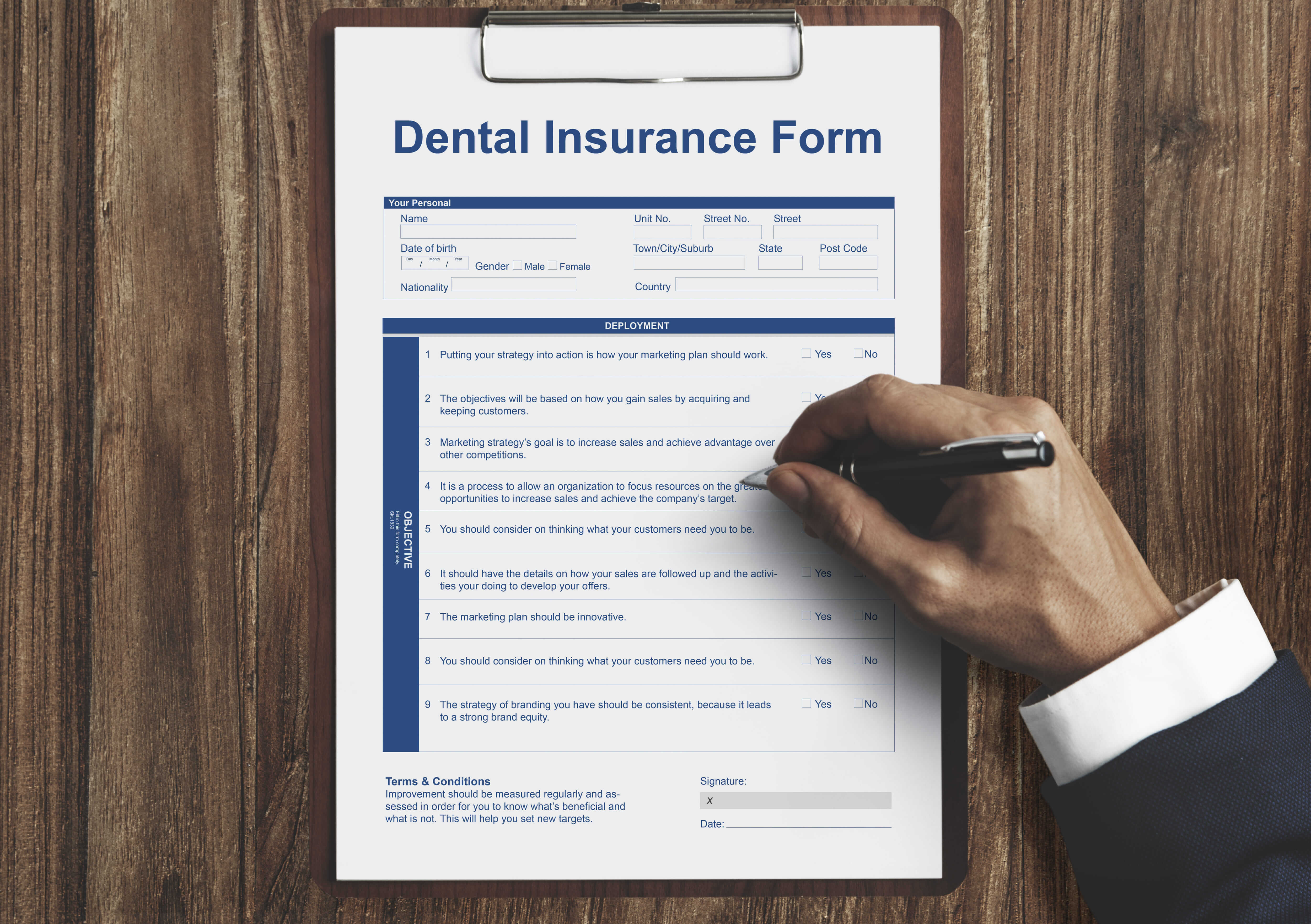The Dental Practice Fiscal Squeeze: A Look at the Numbers

Introduction: An Unprecedented Squeeze
The U.S. dental industry, long considered a bastion of stability and growth, is currently facing a significant "fiscal squeeze." According to a report by the ADA Health Policy Institute (HPI) in October 2025, a perfect storm of rising operational costs, lagging reimbursement rates, and surprisingly soft patient demand is tightening the financial grip on dental practices across the nation. While the macro-economy might show signs of recovery, a closer look at the micro-level reveals that many dentists are struggling to maintain profitability and are grappling with a complex set of financial challenges. This article will delve into the key factors contributing to this economic pressure, explore how practices are responding, and offer insights on how to navigate this challenging environment.
Rising Costs: Outpacing Inflation
One of the most immediate and impactful challenges for U.S. dental practices is the rapid escalation of operational costs. While general inflation has been a concern for all businesses, the dental sector is experiencing a particularly sharp spike in its most critical expenses.
- Supplies and Equipment: Dentists report that the cost of essential supplies and new equipment has increased by more than 5% since the beginning of the year. This includes everything from dental composites and impression materials to more significant investments like digital scanners and milling machines. These rising prices cut directly into a practice's profit margins, making it harder to invest in the latest technology or even maintain a consistent stock of basic supplies.
- Staff Wages: The labor market for dental professionals remains incredibly competitive. The cost of hiring and retaining staff, especially highly sought-after dental hygienists, has seen a substantial increase. This wage inflation, while a boon for employees, puts additional strain on practice overheads. The difficulty in finding and keeping qualified staff not only drives up salary costs but can also impact a practice’s capacity to see patients, further compounding the financial pressure.
Reimbursement Rates Lagging Behind
While the costs of running a dental practice have surged, provider reimbursement rates have not kept pace. Despite a slight upward trend in some reimbursement rates, they have failed to align with the higher costs of inflation and practice operations. This disparity creates a widening gap between what a practice spends to deliver care and what it receives in payment. For many dentists, this means that even with a steady flow of patients, the profit per procedure is shrinking, making it increasingly difficult to cover fixed costs and invest in future growth. This is a critical pain point for the industry, as the current reimbursement model often fails to reflect the true value of the care being provided.
The Paradox of Consumer Spending vs. Practice Demand
The economic situation in the dental sector presents a fascinating paradox. Data indicates that U.S. household spending on dental care is growing modestly, with a year-to-date increase of approximately 3%. This suggests that consumers are willing and able to spend on oral health. However, this modest growth in spending has not translated into a corresponding increase in demand for appointments. In fact, many practices report that appointment wait times are either stable or, in some cases, declining.
This disconnect is a significant concern. While consumers are spending more, it does not necessarily mean they are seeking more frequent or more extensive care. This could be due to several factors, including a shift in consumer behavior, where patients are more judicious about elective procedures, or a change in the type of services they are seeking. The result is a scenario where practices have the capacity to see more patients, but the demand to fill those open slots is simply not there, creating an unutilized resource that directly impacts revenue.
Staffing and Recruitment: A Persistent Hurdle
The staffing and recruitment challenges in the dental field are not new, but they continue to be a major source of stress for practice owners. The difficulty in hiring and retaining qualified staff, particularly dental hygienists, exacerbates the pressure on practice operations. A shortage of hygienists can lead to longer patient wait times, a reduction in the number of patients a practice can see in a day, and an increased burden on existing staff. This not only impacts a practice’s bottom line but can also affect the quality of care and the overall patient experience.
A Strategic Solution: Empowering Patients with Consumer Financing
As dental practices look for ways to navigate these economic headwinds, many are turning to a solution that addresses both the reimbursement gap and the challenge of patient demand: consumer financing. By offering patients flexible payment options, practices can make essential and elective dental care more accessible and affordable, which can directly lead to an increase in appointments and revenue.
This approach offers a powerful alternative to traditional insurance reimbursement, which, as noted, often lags behind rising costs. A practice can receive payment upfront, eliminating the long wait times and administrative burdens associated with insurance claims. This also ensures a steady and predictable cash flow, which is vital for covering the practice's rising operational costs.
Leading platforms in this space, such as FinMkt, provide dental practices with the tools to implement this solution seamlessly. FinMkt's multi-lender platform allows practices to offer a range of financing options to patients with a single, streamlined application. This not only increases the likelihood of a patient being approved for financing but also gives them the power to choose the offer that best fits their financial situation. By integrating a solution like FinMkt, dentists can enhance the patient experience, boost case acceptance for more extensive treatments, and take greater control over their practice's financial health, all while getting paid quickly and efficiently.
Confidence Is Down, but Many Still Invest
In the face of these fiscal challenges, dentists' economic confidence has hit a low point. The ongoing financial pressures, coupled with uncertainty about the future, have made many practice owners cautious. However, in a show of resilience and a commitment to long-term success, many practices are moving forward with planned investments despite the current fiscal strain. This includes:
- Software and Technology: Practices are increasingly investing in software for practice management, patient communication, and digital workflow optimization. These investments are seen as a way to improve efficiency, streamline operations, and enhance the patient experience, which can ultimately lead to increased patient loyalty and revenue.
- Equipment: Despite the high cost, practices continue to invest in new equipment like 3D imaging systems, intraoral scanners, and CAD/CAM technology. These tools allow for more precise diagnoses, more efficient treatments, and a higher standard of care, which can be a key differentiator in a competitive market.
- Staffing: Even with the high costs, practices are still prioritizing staffing investments, recognizing that a skilled and stable team is the foundation of a successful practice. This includes not just hiring for open roles but also investing in training and development for existing staff.
Conclusion: A Path Forward
The "fiscal squeeze" on U.S. dental practices is a complex and challenging issue. However, by understanding the key drivers—rising costs, lagging reimbursement, and a paradoxical demand landscape - dentists can begin to develop strategies to mitigate the impact. Continued investment in technology, staff, and operational efficiency is crucial for long-term success. And by embracing new financial solutions, such as consumer financing, practices can empower their patients, stabilize their cash flow, and ensure a more resilient financial future. While economic confidence may be low, the resilience and forward-thinking of many practice owners suggest that the dental industry will adapt and emerge stronger from this period of financial pressure.
Sources:
- American Dental Association (ADA) Health Policy Institute Report on the state of the dental economy for the third quarter of 2025.
- adanews.ada.org (October 2025 article, "Fiscal squeeze’ on dental practices continues")
















